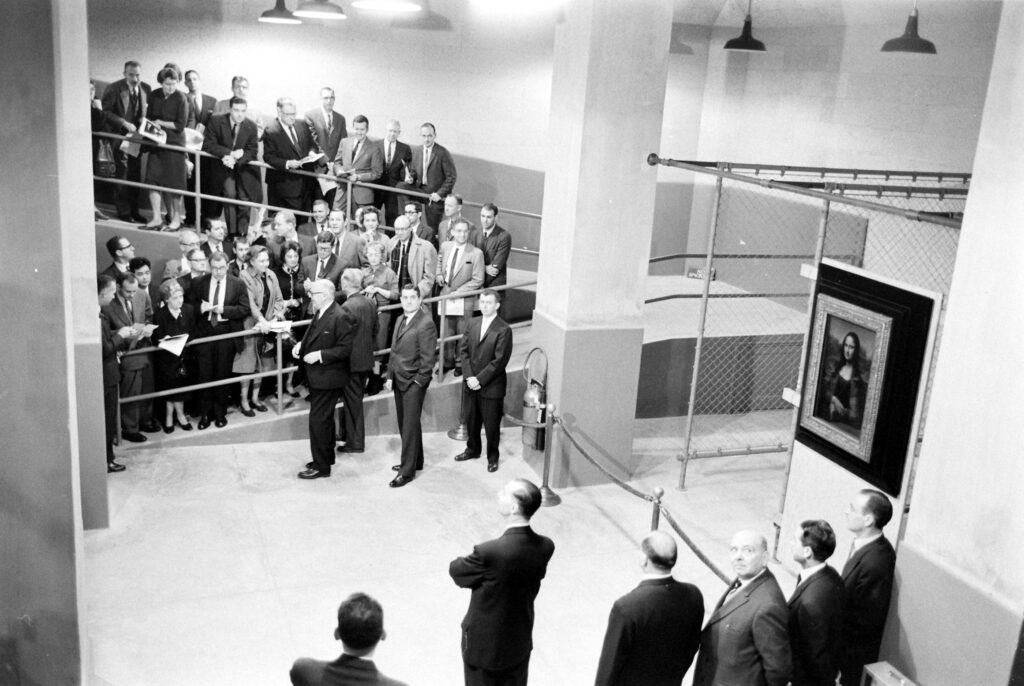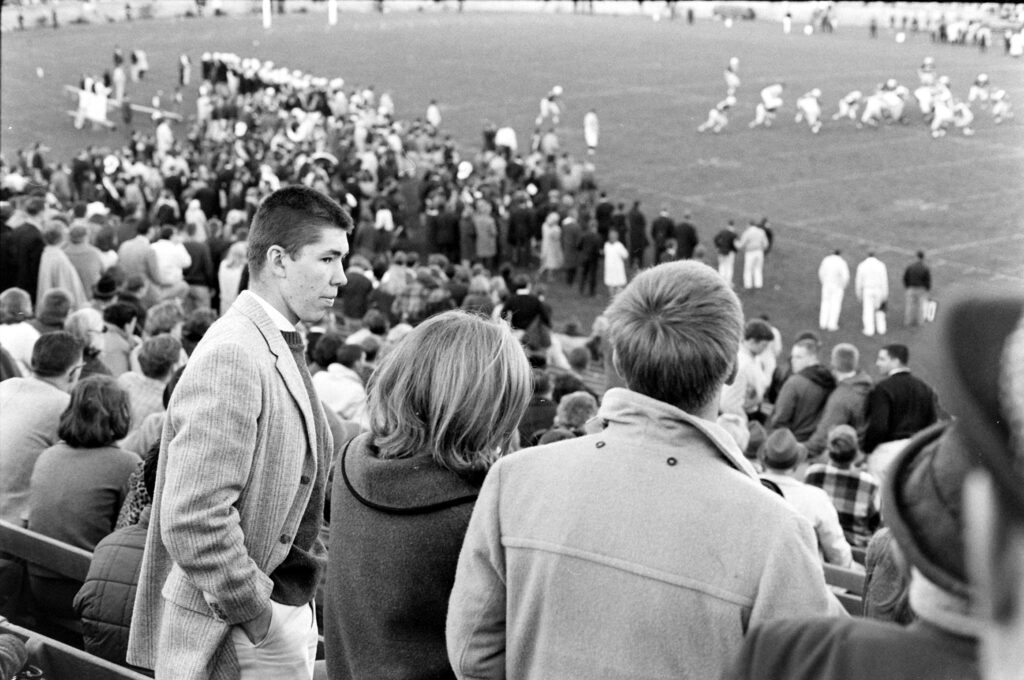Vikki Dougan didn’t quite stick to the pop culture firmament in the manner of Marilyn Monroe and other beauty icons of the1950s, but she did have her moment: an appearance at the 1957 Golden Globes in a backless gown that was the talk of the ceremony. And it appears the model and actress known as “The Back” is having a moment again. In its April 22, 2021 Style section the New York Times trumpeted Dougan’s recent revival in popularity in a story titled “Flashing Back to `The Back.'” The cause: Instagram accounts which celebrate vintage Hollywood. Search on the hashtag #VikkiDougan and you’ll find images with tens of thousands of likes—most of which are drawn from a photoshoot that the starlet did with LIFE’s Ralph Crane in 1957.
“I don’t know, maybe I’m having a resurgence,” she told the Times, talking about her autograph requests. “I’m amazed at these people who write to me, they’ve seen everything I’ve done.”
If characterizing a woman by a notable body part seems reductive and objectifying—well, it is. That was also a not-uncommon publicity practice in a day in which Betty Grable was celebrated for her legs and Jane Russell was sometimes referred to as “The Bust.”
Dougan had actually been modeling and acting for years before her back became the center of attention after that Golden Globes presentation in ’57. But that aspect of her anatomy became such an object of curiosity—years into her career—that Crane conducted the rare photo shoot in which the subject was mostly photographed from behind.
Of particular interest are the images in which Crane had Dougan walk around Los Angeles in a backless dress. Crane’s images of male heads on a swivel play like an early draft of today’s popular “distracted boyfriend” internet meme.
Years before she became “The Back,” Dougan had actually appeared in LIFE magazine on two occasions. The first story, in the July 28, 1952 issue, was a short piece about how Dougan—born Edith Tooker in Brooklyn on Jan. 1, 1929—used different-colored wigs to earn extra bookings as a model. The following year she made on the cover of LIFE’s October 23, 1953 issue with the headline ‘Vikki Dougan: Actress, Model and Mother.’ The story talked about how the divorced 21-year-old balanced her various careers and motherhood. Six photos ran with the story, and in each of them Dougan was facing forward.
In that 1953 article LIFE described how Dougan’s career was going well: “…she earns $100 a week by looking pretty on Jackie Gleason’s TV show, and $250 a week from modeling.” The story also mentioned that she was taking acting classes.
But as the years went on Dougan’s acting career never entirely took sail, and her screen history is defined by small parts in forgettable movies. In the Times story she described a Hollywood experience defined by predatory men and poor management, and also a choice she regretted: turning down a contract from Paramount that did not pay as well as her modeling work, but which might have landed her in more quality films.
About being known as The Back, she said, “It is not symbolic about who I am. It wasn’t really me. I was playing a part. I didn’t even think there was anything even sexy about showing a back. It just didn’t occur to me.”

Model and actress Vikki Dougan wore a backless dress while walking in Los Angeles, 1957.
Ralph Crane/The LIFE Picture Collection © Meredith Corporation

Vikki Dougan walked past crowded park benches in Los Angeles, 1957.
Ralph Crane/The LIFE Picture Collection © Meredith Corporation

Vikki Dougan in Los Angeles, 1957.
Ralph Crane/The LIFE Picture Collection © Meredith Corporation

Vikki Dougan in Los Angeles, 1957.
Ralph Crane/The LIFE Picture Collection © Meredith Corporation

Vikki Dougan, 1957.
Ralph Crane/The LIFE Picture Collection © Meredith Corporation

Model and actress Vikki Dougan, 1957.
Ralph Crane The LIFE Picture Collection/Shutterstock

Actress Vikki Dougan, 1957.
Ralph Crane/The LIFE Picture Collection © Meredith Corporation

Model and actress Vikki Dougan, 1957.
Ralph Crane/The LIFE Picture Collection © Meredith Corporation

Model and actress Vikki Dougan, 1957.
Ralph Crane/The LIFE Picture Collection © Meredith Corporation

Model and actress Vikki Dougan, 1957.
Ralph Crane/ The LIFE Picture Collection © Meredith Corporation

Model and actress Vikki Dougan, 1957.
Ralph Crane/The LIFE Picture Collection © Meredith Corporation

Model and actress Vikki Dougan, 1957.
Ralph Crane/ The LIFE Picture Collection © Meredith Corporation

Model and actress Vikki Dougan, 1957.
Ralph Crane/The LIFE Picture Collection © Meredith Corporation

Model and actress Vikki Dougan, 1957.
Ralph Crane/ The LIFE Picture Collection © Meredith Corporation

Model and actress Vikki Dougan, 1957.
Ralph Crane The LIFE Picture Collection/Shutterstock

Model and actress Vikki Dougan, 1957.
Ralph Crane/ The LIFE Picture Collection © Meredith Corporation

Model and actress Vikki Dougan, 1957.
Ralph Crane/The LIFE Picture Collection © Meredith Corporation

For a 1952 LIFE story Vikki Dougan showed the different wigs she wore to get more modeling work.
Nina Leen/The LIFE Picture Collection © Meredith Corporation

Vikki Dougan in a 1952 story about wearing different wigs to get more modeling work.
Nina Leen/The LIFE Picture Collection © Meredith Corporation

Vikki Dougan in a 1953 LIFE story about how she balanced her various careers.
Photo by Lisa Larsen/The LIFE Picture Collection © Meredith Corporation

Vikki Dougan on a modeling job, 1953.
Lisa Larsen/The LIFE Picture Collection © Meredith Corporation



















































































